Social distancing, although necessary, can be disheartening. It’s changing the way we connect with others. Handshakes, hugs, and high fives are gone, and each ‘see you soon’ is peppered with sarcasm. People around the globe are trying to stay positive about the current state of reality. Life can’t be this way forever, right?
Eventually, social distancing will come to an end. However, that doesn’t mean it is going to happen soon. Although many countries have seen, or are starting to see COVID-19 case numbers plateau, health officials are cautioning governments to avoid putting the brakes on social distancing right away.
Continue reading for specifics on how long social distancing might last and why these are the predictions.
It’s Going to Last for More than a Few Months
It seems social distancing is here to stay. Some experts are predicting social-distancing will be necessary into 2022. Some scientists are saying that social distancing can be removed sooner if a vaccine is created. Often times, creating, testing, and distributing a vaccine is a year-long process.
Our best hope is that, while scientists work on a vaccine, we find a treatment that allows symptoms to be managed. This would put less strain on healthcare professionals and could make going back to “normal” a little bit closer.
It will Continue Because it’s Working
We’re lucky. Social distancing is working. Although case numbers continue to increase in the U.S., the rate at which they are doing so is decreasing. These data points are the ones that scientists and government officials have been waiting for. They confirm that the proper action was and is being taken.
In cities like San Francisco and Seattle, where stringent social distancing and soft lockdowns were put in place early on, case numbers are dwindling. Despite this, many cities and states are not changing their recommendations for the public. They continue to advise individuals work from home if they can, avoid gatherings with others, and adhere to social distancing guidelines. These successful efforts make a case for continued social distancing despite glimpses of hope in fighting the virus.
Ending it Early Could Be Dangerous
Ending social distancing too soon has repercussions. This is evidenced by the current situation in Hokkaido, Japan. The area, which was initially successful in containing the spread of COVID-19, is experiencing a second wave of the virus as a result of removing social distancing measures too soon. The area has now reinstated its social distancing and soft lockdown guidelines.
Part of the problem with eliminating social distancing in the near future is that there is still a lot that scientists don’t understand about the virus. It’s estimated that up to a quarter of COVID-19 victims experience no symptoms and don’t know they have it. With social distancing guidelines removed, these individuals could infect at-risk populations.
It is also unclear if those who had COVID-19 can get it again. If they can’t, then these individuals could be essential for keeping the economy running. To find out the reality of the situation, additional testing will be needed.
It’s Getting A New Name
Social distancing has always been a curious term for what it entails. Staying 6 or more feet away from others and avoiding gatherings doesn’t mean you aren’t social. During this time, many of us are continuing to connect with friends, families, and co-workers through phone calls, social media platforms, and video chats. The current state of affairs is forcing people around the world to be intentional about making social connections happen since they cannot occur at random any longer.
The World Health Organization (WHO) is replacing the phrase “social distancing” with a new phrase, “physical distancing” . They feel it more closely represents what the public should adhere to. The new phrase gets rid of the idea that individuals have to be socially isolated at this time. As mentioned in a previous post, social isolation can have detrimental effects on our mental health and add to the multitude of heavy feelings individuals may be experiencing at this time.
Although social distancing is not ideal, it is in our best interest. It also benefits those most at-risk to contracting the virus and the healthcare providers caring for them. Right now, the best thing we can do is respect these guidelines and find creative ways to connect with those we love and miss most.
Want more information on COVID-19 and AMO’s response to it as a company?
Visit our COVID-19 resource page >


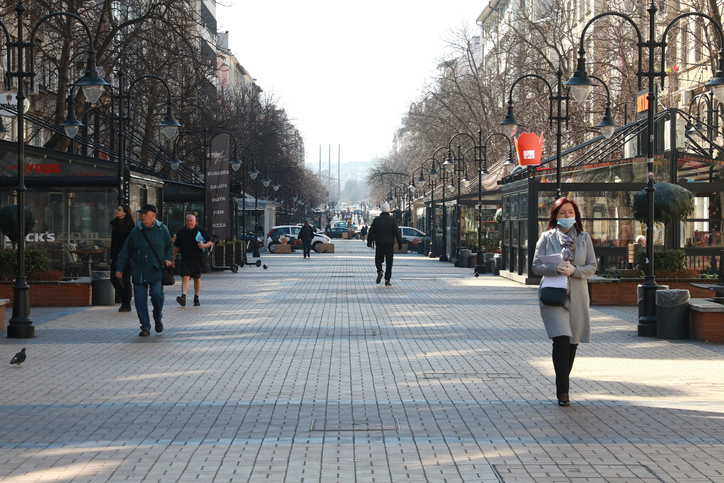
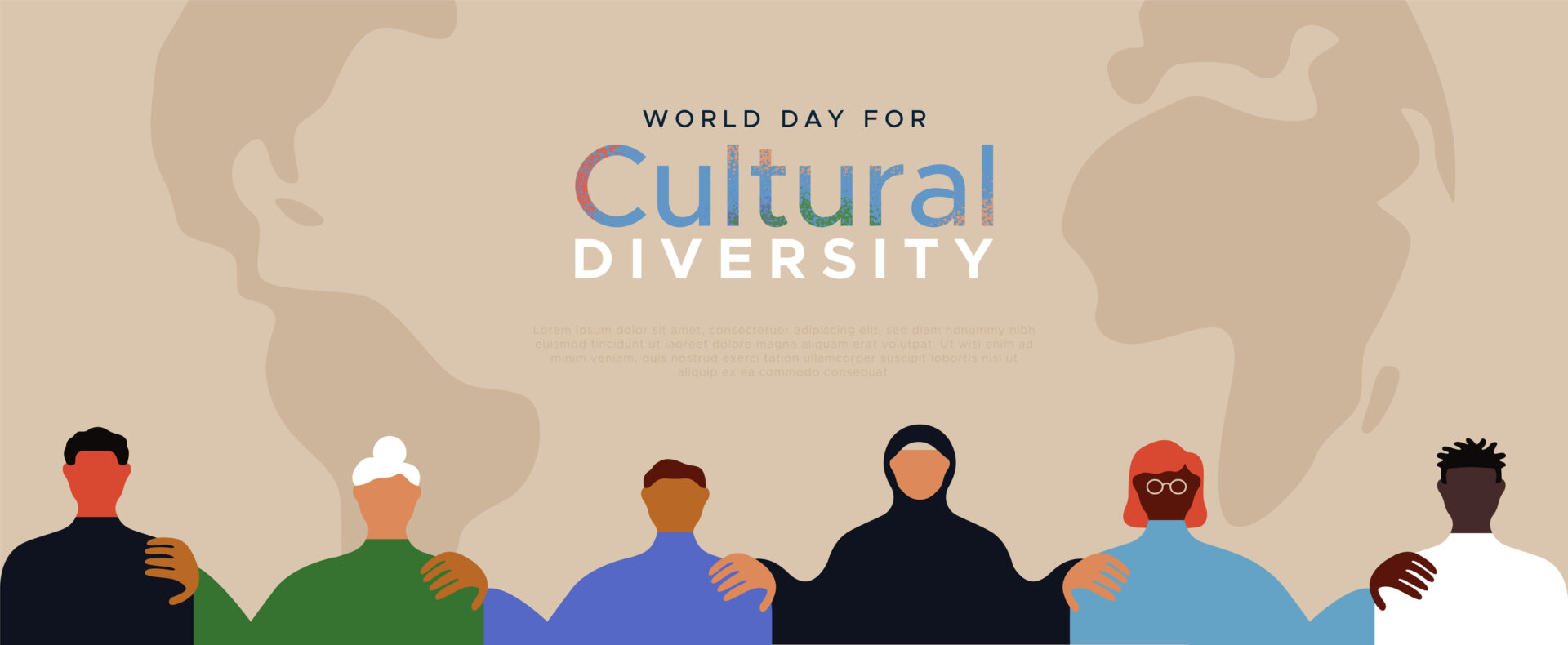
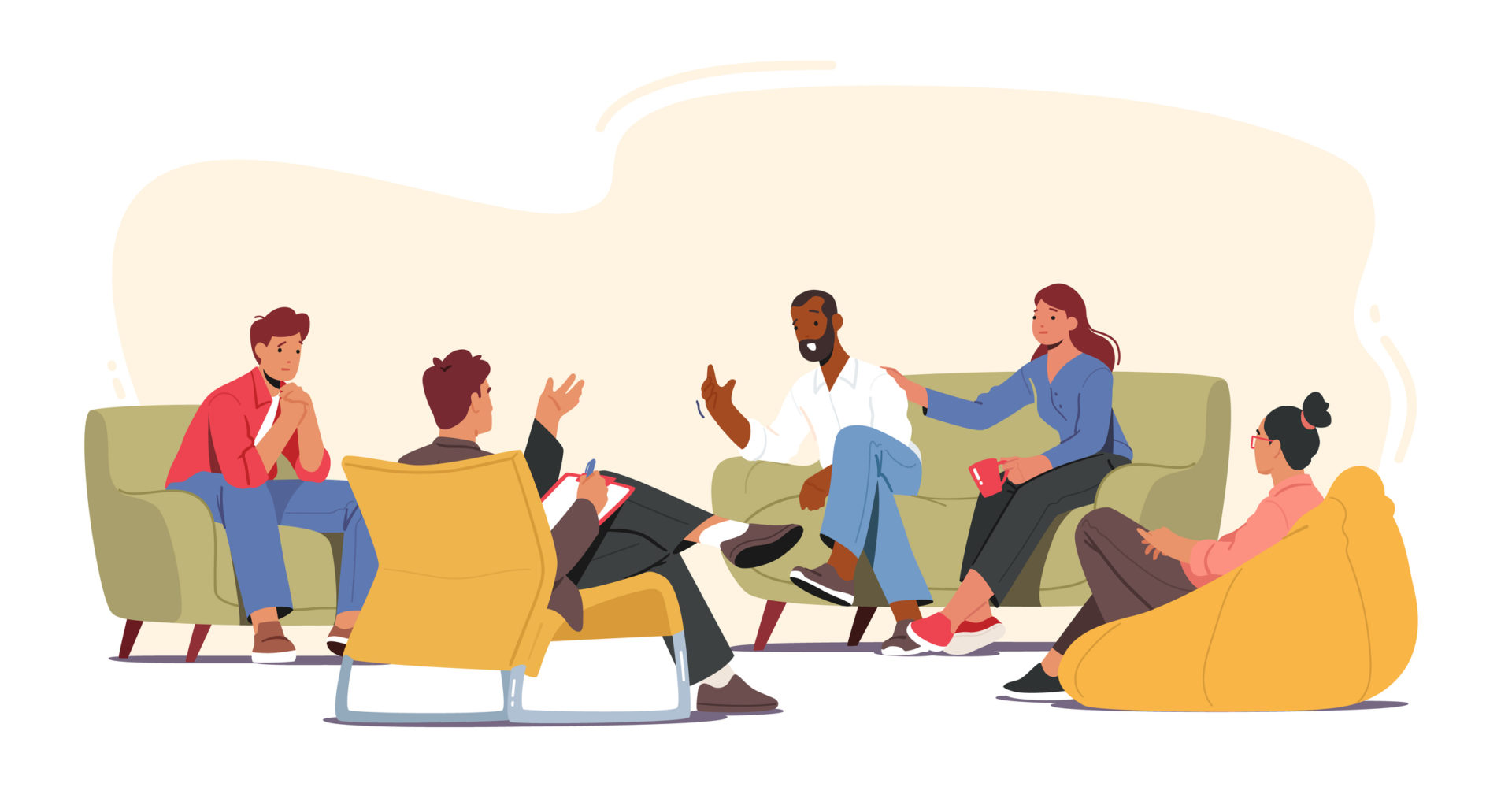
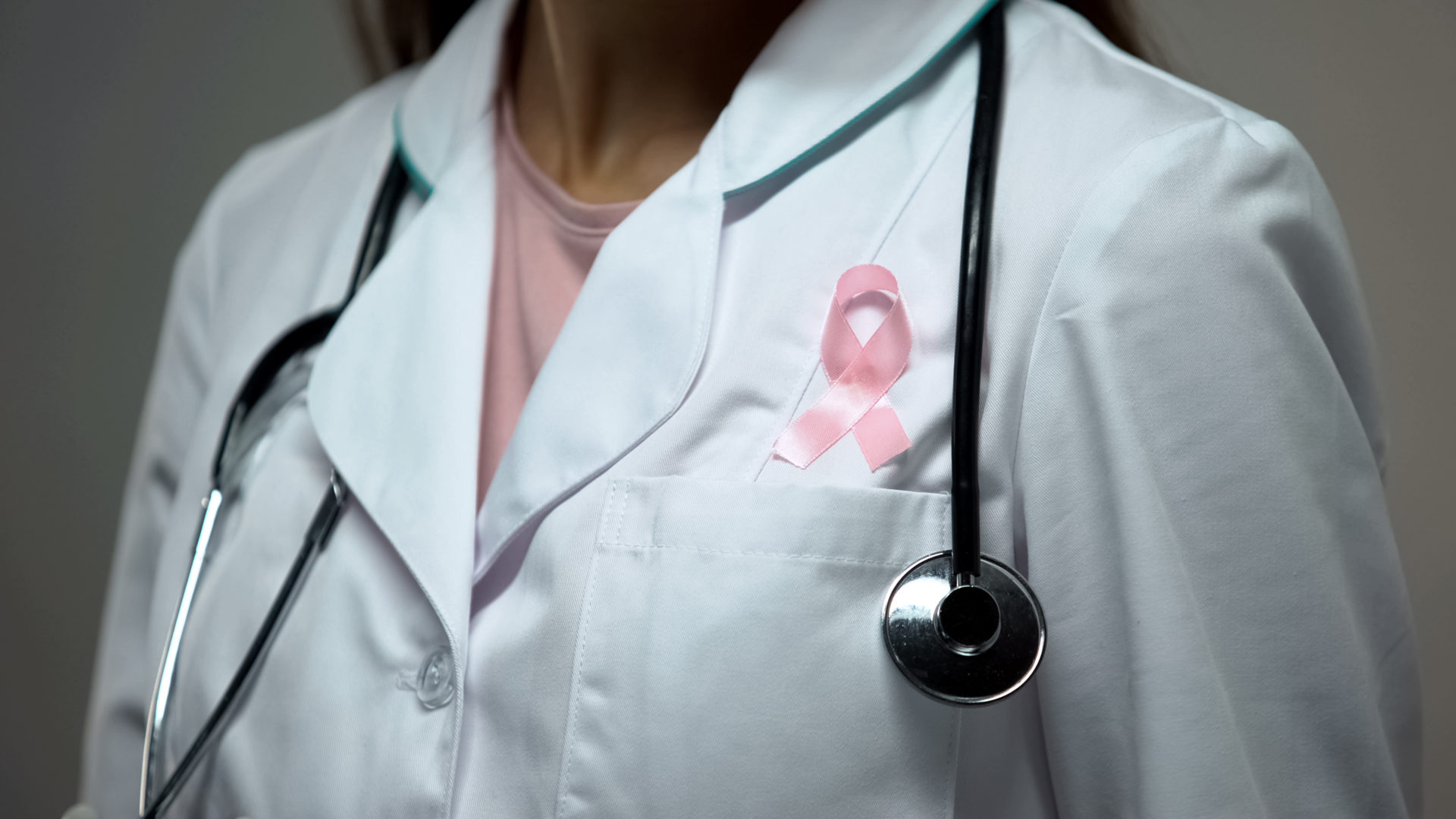
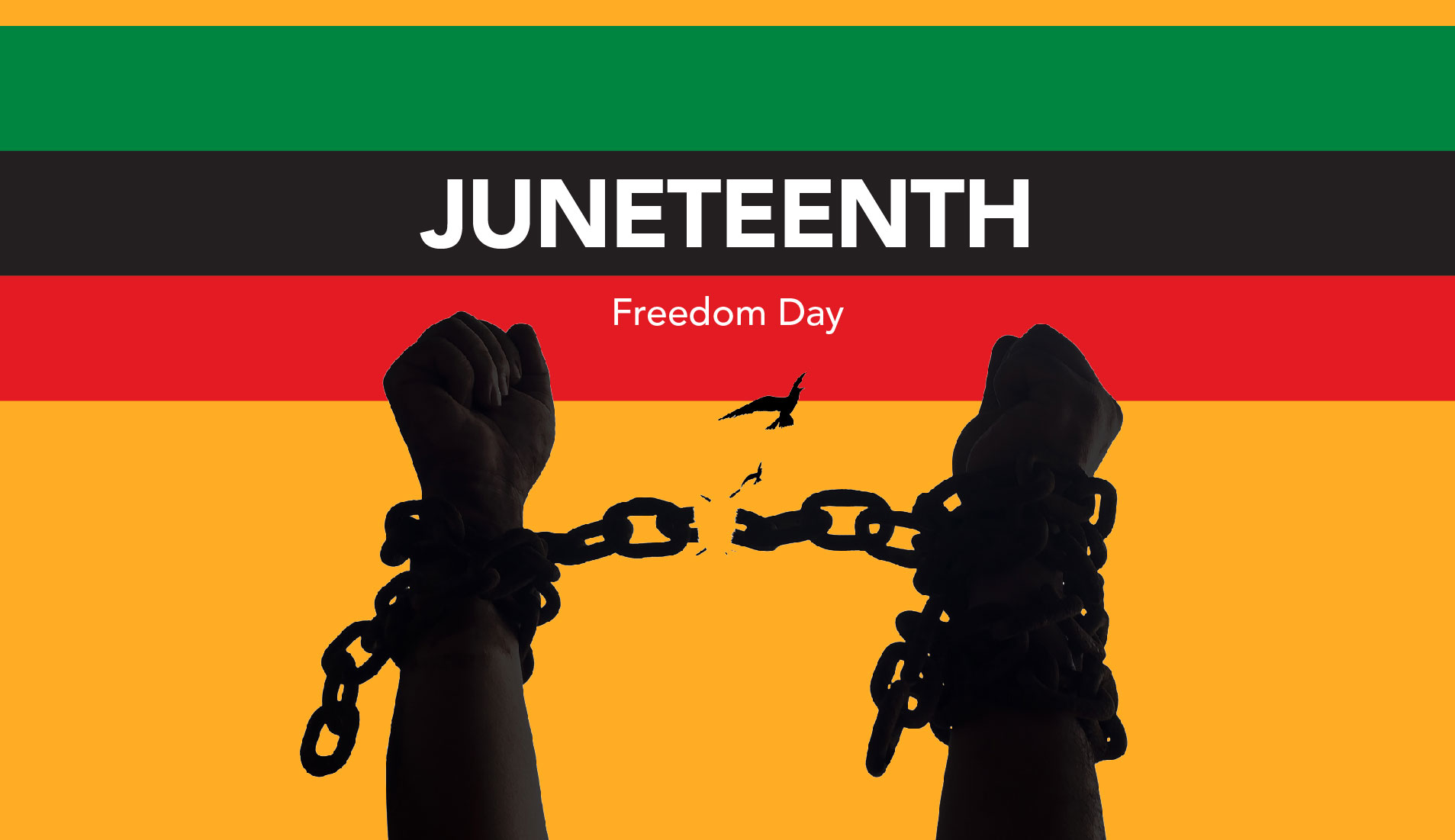
I think the best covid 19 precautions and covid 19 related stuff here. Very informative blogs here.